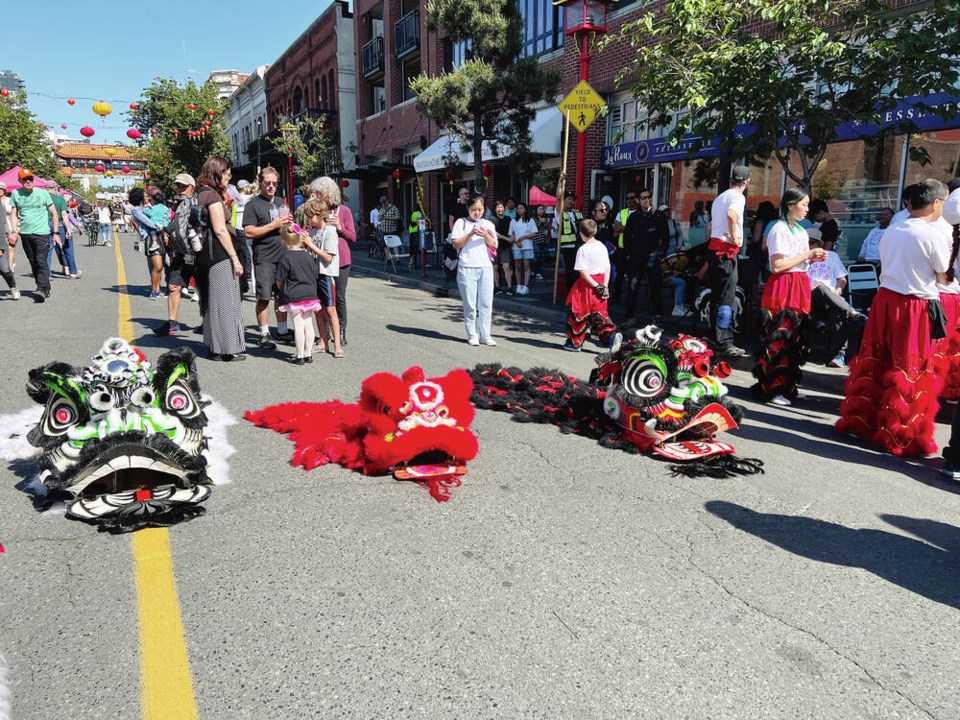Red and white were the order of the day on Saturday as Canadians marked Canada Day— all 40 million of us, according to the latest report from Statistics Canada.
O Canada.
Immigration has driven population growth in this country since 1995. About one-quarter of us have experienced being a landed immigrant or permanent resident in Canada at some point in our lives. StatsCan tells us this was the largest proportion since Confederation.
With sustained immigration levels since the 1980s, Canada’s diversity has increased. The 2021 census counted more than 450 ethnic and cultural origins, 200 places of birth, 100 religions and 450 languages (more than 70 of which were the languages of our own Indigenous peoples) among Canada’s residents.
Oh, Canada!
With so many Baby Boomers calling it quits in the country’s boardrooms and offices, immigration is seen as the answer to the current emerging labour shortages.
By the early 2040s, half of Canada’s population will comprise immigrants and their Canadian-born children.
Grow, Canada!
A different story was playing out 100 years ago. Canada was encouraging immigration then — until last year set a record for the proportion of Canadians who had been immigrants, 1921 had held the honours — but only certain immigrants were welcome back then.
Those welcome were white, of European ancestry, and preferably either spoke English or came from countries renowned for growing grain. Knowing the words to God Save the King was a bonus.
As for other groups, July 1, 1923, demonstrated how welcome some of those were.
While Canadians paraded in the streets, waved flags, and celebrated Dominion Day and the opportunities this country offered them, Canada’s Chinese Immigration Act, 1923, came into effect. Also known as the Chinese Exclusion Act, it prevented all Chinese not born in Canada — except diplomats, some businesspeople and university students — from coming to Canada.
And it applied not just to Chinese nationals but to people of Chinese descent who were British citizens. Predating the draconian apartheid laws of South Africa by 25 years, the Exclusion Act required all Chinese living in Canada, even those born here, to register with the government and carry photo identification as evidence of their compliance with the regulations of the act, or risk fines, detainment or deportation.
Oh! Canada!
The effect was immediate. Wives and children of Chinese men already in Canada could not join them. The lack of Chinese women in Canada limited the Chinese community’s growth. Many older men retired to China after the act came into effect, and during the Great Depression, unemployed Chinese were encouraged to return to China.
Over the next 24 years, only 44 Chinese migrants entered the country.
Because of the timing of the act’s implementation, Chinese-Canadians at the time referred to Dominion Day (now Canada Day) as “Humiliation Day.”
No Canada.
Leading the push for the Chinese [anti-] Immigration Act was British Columbia, which had seen the greatest amount of Chinese immigration of all provinces. Many of these immigrants were invited. Canada needed cheap labour to build railways through hazardous, forbidding mountain terrain, dig ditches in cities, be servants to middle- and upper-class families and shovel manure.
In short, they needed desperate people to come to Canada to do dirty, dangerous and poorly paid work that nobody else wanted to do.
But when these new Canadians and their kids starting opening grocery stores, restaurants, laundries and successful freight businesses, white Canadians felt threatened.
Hostility increased after the First World War. Poor economic conditions were blamed on visible minorities. Veterans’ associations and trade unions feared that Chinese workers would underbid other groups of workers, limiting employment opportunities for European Canadians.
Political leaders in B.C. responded. Some developed and applied community-based “solutions.” George Jay, a white British immigrant, lawyer and Victoria School Board chair, helped develop a policy that required students of Chinese descent to pass an English test before they could attend public school in Victoria — a policy that didn’t apply to children of other nationalities. In 1920, he moved more than 200 Chinese students attending public schools — even those who spoke perfect English — to segregated facilities on Kings Road and in Rock Bay, sparking a year-long strike by Victoria’s Chinese students.
(The Greater Victoria School District decided in 2020 to rename the elementary school Jay had named for himself. The new name is not yet decided.)
It was only after Canada signed the United Nations’ Charter of Human Rights in the late 1940s that Parliament repealed the Chinese Immigration Act. Independent Chinese immigration to Canada came only after Canadian immigration policy was liberalized and purged of racist legislation in the 1960s.
Oh, Canada….
>>> To comment on this article, write a letter to the editor: [email protected]




